The Falken Wildpeak A/T3Ws are all-terrain car and truck tires. As you would expect with an all-terrain tire, they offer superior durability and decent performance on sand, rock, dirt, mud, and gravel. But, it is their performance on snow that makes these tires stand out. They nearly negate the need for snow tires. To top it off, these are among the most affordable A/T tires on the market.
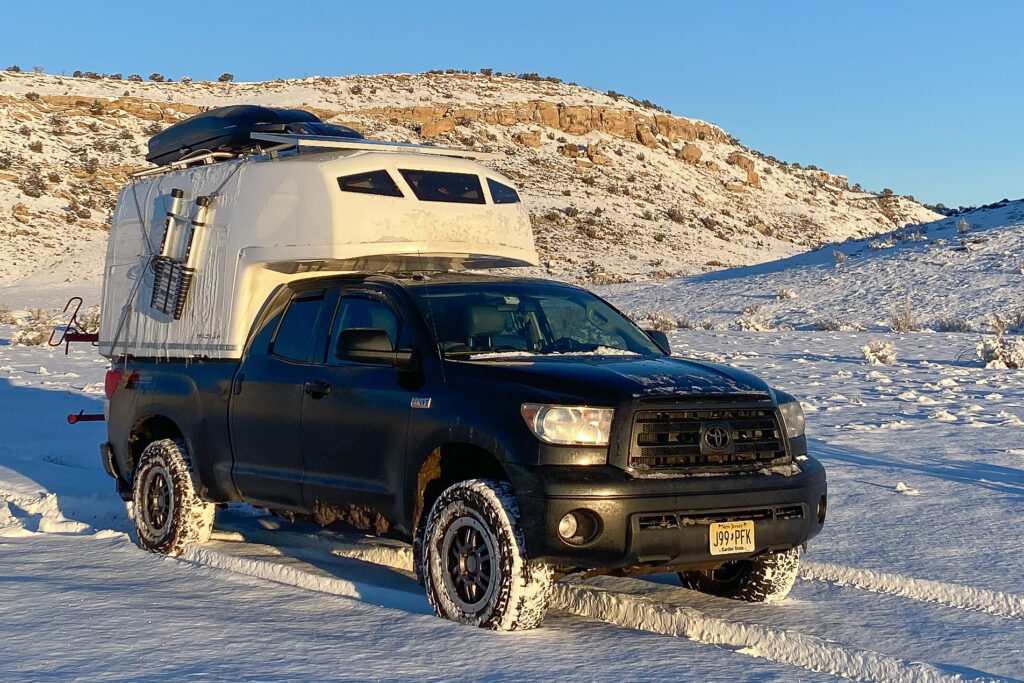
Pros:
- Wide range of sizes, covering passenger vehicles up to heavily modified jeeps and trucks.
- Great durability, with a tough tread and reinforced sidewalls.
- Severe snow service rated, with a Three-Peak-Mountain-Snowflake Symbol (3PMSF). In practice, performance is close to snow tires in most situations except extreme cold ( > 0F).
- Decent on-road manners, especially on highways or wet roads.
- Tire life is consistent with others at this price range (~50k miles).
Cons:
- As compared to street tires, equipping all-terrains bring a drop in MPG (1 – 2 MPG), marginally increased tire noise, and marginally lower acceleration.
Review:
The most effective off-road upgrade that can be made to any vehicle is the tires. The difference between all-season and all-terrain tires is like the difference between a road bike and a mountain bike. Making the switch yields improved traction both on and off-pavement. It also provides superior durability, making flat tires a relic of the past.
I first got these tires when I wanted to upgrade my Toyota RAV4 — a crossover. The Falken Wildpeaks was one of the few brands that made tires small enough for a passenger vehicle. They were also the cheapest all-terrain tires available. Thinking with my wallet, I made the switch.
I’ve only ever used all-season tires before. After the switch, the difference was like night and day. On the road, the tires would be glued to pavement while cornering in downpours. Off the road, these got me into a lot of trouble. With the blocky tread and sticky rubber compound, traction was never a problem. From loose sand to sharp rocks — the tires performed admirably. They gave me the confidence needed to drag this AWD crossover to places only frequented by 4x4s.
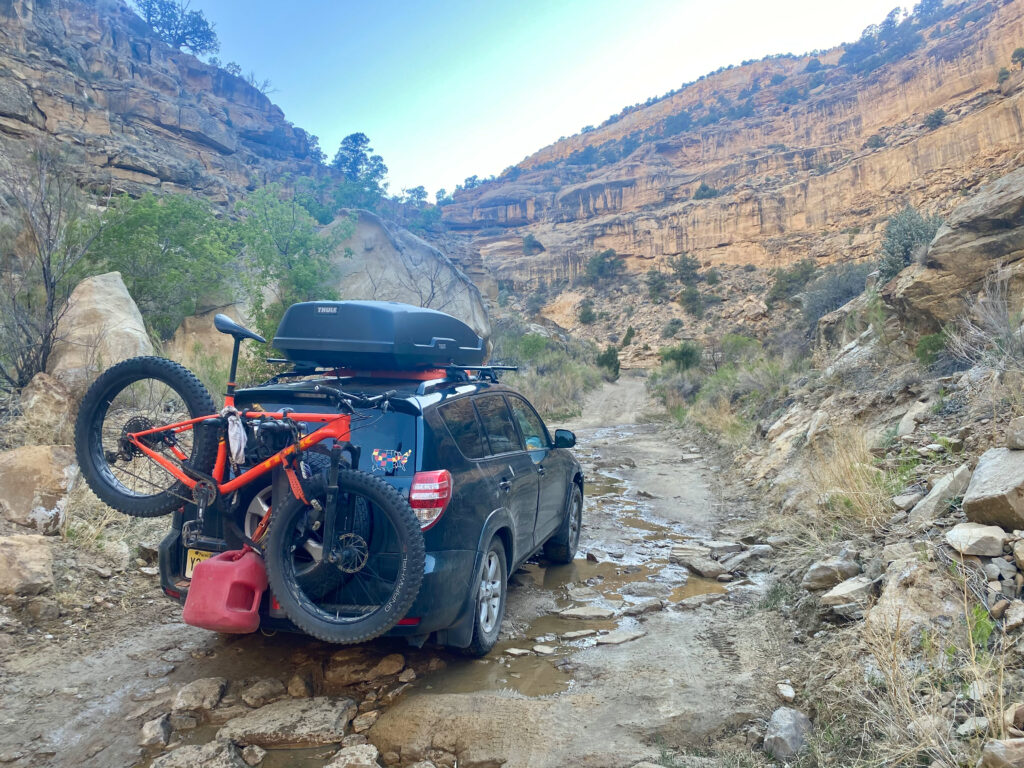
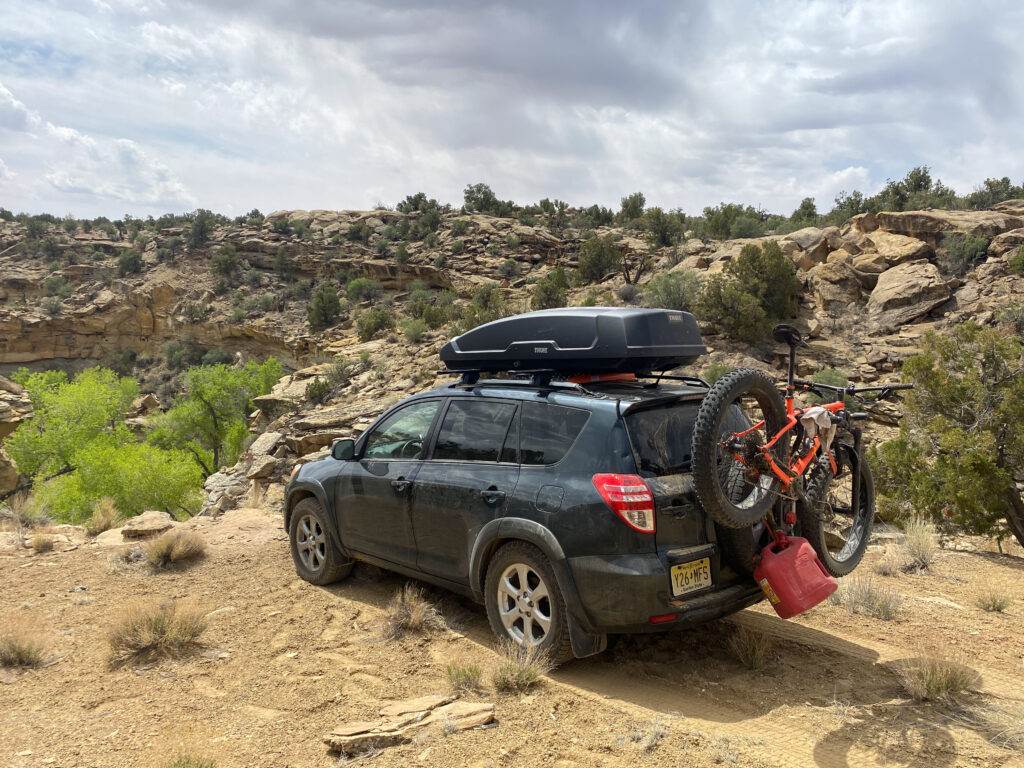
Another point that attracted me to these tires was the severe snow service rating. In practice, this means that the tire offers greater performance than “M+S” tires on snow. “M+S” tires (aka all-seasons) are next to useless on snow, so I wasn’t expecting much. After all, anything could improve on that.
In reality, the snow performance of these tires was phenomenal. From slushy New England snow to dry Colorado powder, these tires would never break traction. In New Hampshire snowstorms I’d be going the speed limit, passing people left and right. In the Colorado Rockies, I could corner on mountain roads during winter storms without a care in the world. All of a sudden, snow-covered roads were an opportunity to have fun — not a white-knuckle driving experience.
On unmaintained roads left unplowed in the winter, these tires were never the weak point. They were more than capable of keeping me moving until I ran out of ground clearance. Thanks to these, I was able to drive my tiny little RAV4 to snow-covered trailheads only occupied by modified Jeeps and 4Runners. I was able to drag my over-payload truck through multiple feet of powder as well.
The only time where the snow performance started to falter was in the extreme cold — below 10 F. Below that temperature, the tires get pretty hard. They are still superior to all-season tires, but the difference between the Wildpeaks and snow tires widens below those temperatures. The tire compound on snow tires is designed to be more pliable in the cold than these all-purpose solutions. Despite that, I’ve been able to drive with comfort on snow-covered roads while it was -20 F — so long as I slowed down a bit.
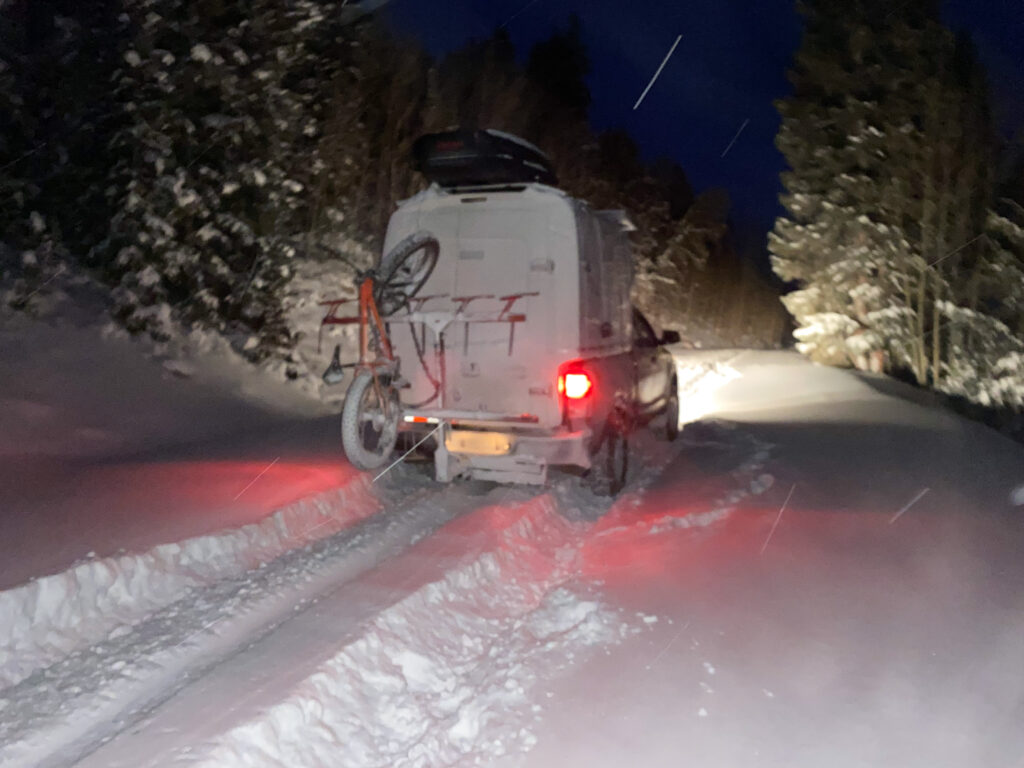
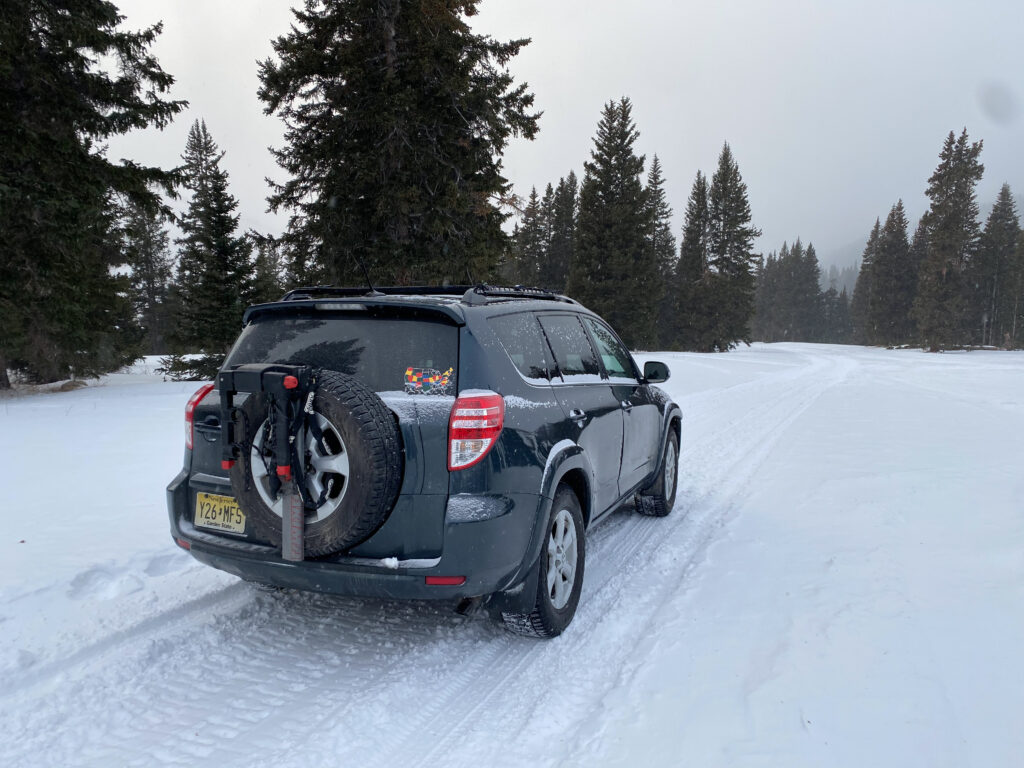
Driving on snowmobile tracks on a 4×4 route in the Colorado Rockies.
Even if I wasn’t frequenting off-road terrain or snowy roads, I’d stick with these tires based on their durability alone. The rubber is thicker and more durable than all-season tires. I’ve put over 80k miles on these with zero punctures so far. From bombing down wash-boarded gravel to crawling over sharp desert rocks, I’m never worried about flat tires. The reinforced sidewall comes into play as well. Curbs and rocks abuse the sidewalls of my tires regularly, and these show little sign of wear.
The only drawbacks the tires bring are typical to any all-terrain tire. The tread and weight of the tire increase the rolling resistance, which leads to a 1 – 2 MPG loss. There’s also some increased tire noise due to the tread, but nothing major. Despite the drawbacks, it’s worth it to me for the increased durability and traction. These tires give me the confidence needed to bring my vehicle and person almost anywhere in the country.
Final Thoughts:
Vehicle tires are a strange thing to be passionate about, but the difference between these tires and regular tires warrants it. When going from street tires to these all-terrains, one gives up a few mpg for increased durability, and better bad-weather and off-road performance. When compared to other all-terrains, these offer greater snow performance and a lower price. So long as I only own one vehicle, I’ll equip it with these tires. While I may take a hit at the gas pump, it’s worth the increased ability to drive and travel nearly anywhere.

Great post.